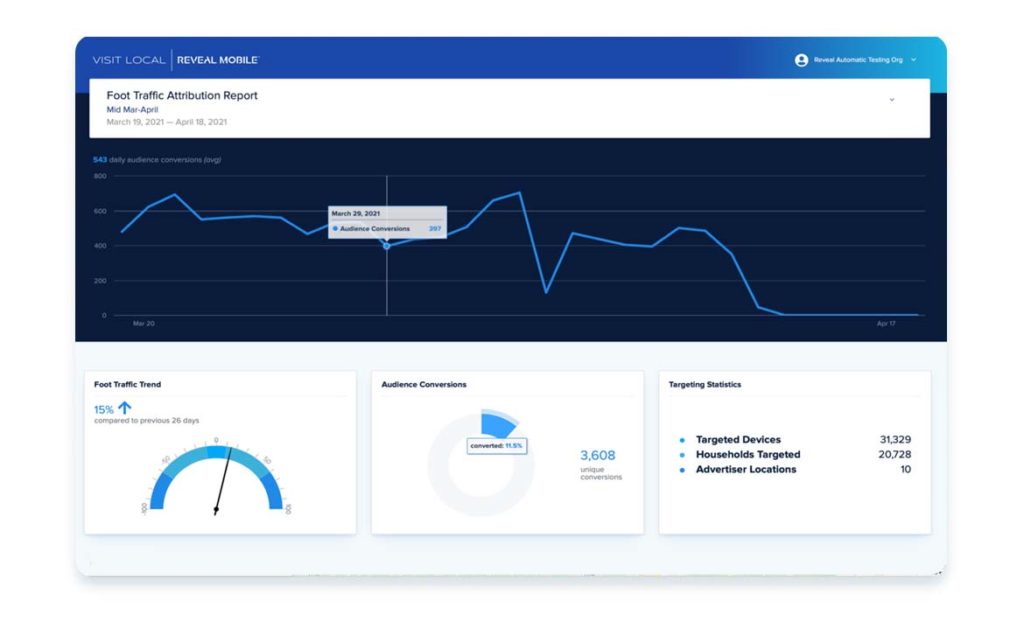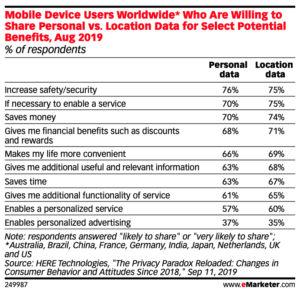How to Overcome High CPMs in Social Media Campaigns
November 10, 2021 by
As in-person conferences and industry events have resumed, the Reveal Mobile team has been hitting the road to speak to marketers who are hungry for knowledge about advertising on social media. Watch the 30-min video. In particular, digital marketers are looking for ways to make the most of their paid media dollars on Facebook, Instagram, and TikTok, given Apple’s new AppTrackingTransparency (ATT) framework and privacy features.
iOS 14.5’s Impact on Facebook CPMs
At this point, just about every iPhone user has adopted iOS 14.5, which has had a material impact on Facebook CPMs. They have gone up considerably, as much as 87% in some cases. Why? Facebook has experienced data loss as iOS users have adopted the ATT update. For Facebook, data loss includes user-level data posted back from IDFAs as well as the Facebook pixel, the piece of tracking code placed on websites.This has had a big impact on campaigns designed to retarget website visitors because Apple’s features have diminished a marketer’s ability to attribute ad spend to sales.
Despite Apple’s iOS privacy changes, eMarketer estimates that advertisers in the U.S. will spend more than $50 billion on Facebook ads this year, up 32% from last year. Why are marketers continuing to spend on an ad platform that’s taking data hits? Because many of them are bringing their own data to the party.
Facebook campaigns designed to retarget physical store visitors are as cost-effective as ever. These custom Facebook audiences come from mobile ad IDs, which are available for any location in North America. Underpinning these campaigns is precise location data from opted-in iOS and Android mobile devices. Have those opted-in audiences shrunk in the wake of ATT? No.
What U.S. Consumers Value Most
Because U.S. consumers value convenience more than we value privacy. We may say we value privacy more, but our behavior indicates otherwise. We want to know the weather, the score of last night’s game, local gas prices, deals at our favorite stores. That information is made possible with the help of location data. eMarketer conducted a study that revealed 75% of mobile device users will share their location data if it’s necessary to enable a service such as the news, consumer discounts, etc.
Once marketers have the mobile ad IDs they want to target, they are pushing that data into Facebook and Instagram and TikTok as custom audiences and serving ads only to those people. This accomplishes two goals: 1. eliminate wasted ad spend by targeting a curated list of in-market consumers; and 2. steer clear of Facebook’s diminished data availability and campaign insights. Because marketers are not using the social platforms’ built-in audience tools to target, they are being smart in getting around the shortcomings caused by iOS 14.5 and Apple’s ATT framework.
Attribution the Business Cares About

When it comes to campaign results and attribution for ads intended to drive foot traffic stores, this is where Facebook falls down. Measuring store visits has been the domain of large brands and agencies because it’s expensive and difficult. This is where our geofencing platform shines. VISIT Local gives marketers clear, actionable attribution reports that are updated daily. That means marketers are able to adjust campaigns — timing, messaging, CTAs, creative, or any other elements — mid-flight to maximize results. Gone are the days of waiting for a campaign to end before knowing how it performed.
Using precise location data in your custom audiences on social media, you’re spending smart money that’s not diluted by whatever the device manufacturers and software makers may do in the future to update their data or privacy practices.


